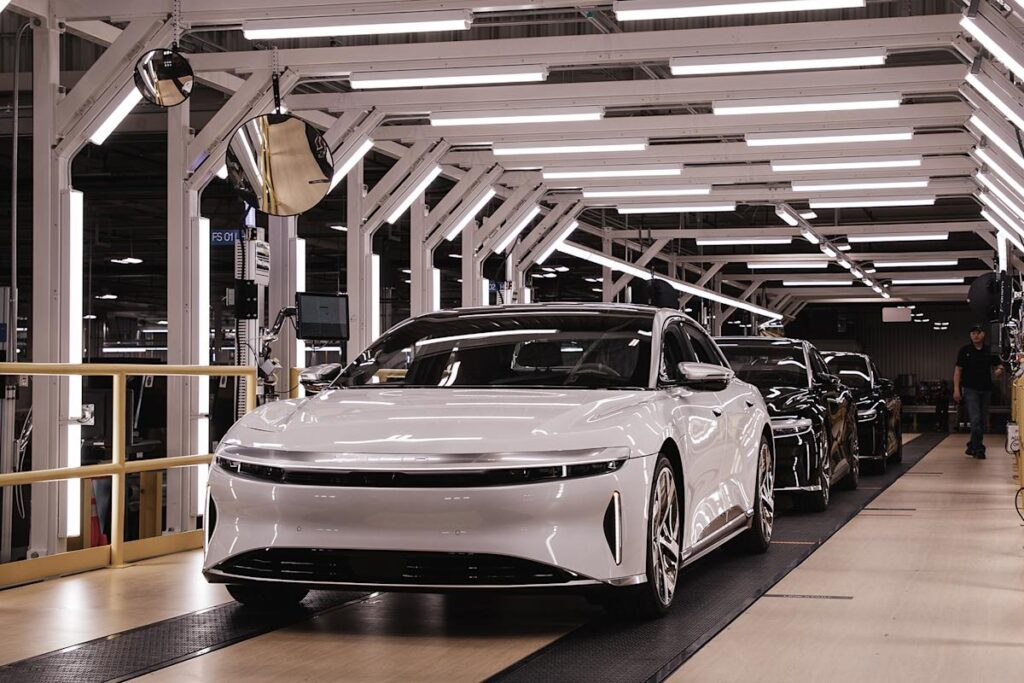
Lucid details the Air’s semi-autonomous driving features
Now the air is finally in production, the creator really wants to tout the Semi-Autonomous EV driving help – although maybe as much as it is missing here. The new brand has provided more details about its dealandrive system, now divided into regular and pro versions. The two variants will include 14 ordinary cameras, four surround cameras, five radar sensors and a series of ultrasonic sensors, but you will need air in the dream edition or the Grand Touring Trim to get Lidar Dreamdrive Pro and advanced features that will come with it.
Every air buyer will get a core feature such as Highway Assist (Cruise Control with Lane Centering), Traffic Clock Assist (Lane Centering at low speed), cross traffic protection and parallel and perpendicular parking). The combination of infrared driver cameras and direct detection will ensure your head, eyes, and (of course) you are focused on the road. If you cannot afford or ignore the warning, Dreamdrive will eventually bring the car to a complete stop, turn on the danger lights and unlock the door. It will sound accustomed to the base level if you have ever used Tesla Autopilot.
You will need DreamDrive Pro to get the most out of the Lucid platform. Pro Tier will include 21-speaker directional warnings and the upcoming pilot highway system and driving free “conditional”. Cars with pros will also get more features of the highway help through software updates, although Lucid does not say when the upgrade might arrive.
The technology as described will not match all the features of the most sophisticated rivals, such as self-driving full of Tesla or an upcoming ultra cruises GM. Lidar can give clear flour, but can take a long time before the sensor reaches its full potential. Instead, Lucid’s biggest advantage may only be a more realistic marketing (if still hairy). Where Tesla was in trouble because it implies its autonomous car, Lucid was careful to position Dreamdrive as a driver’s help system and no more.
